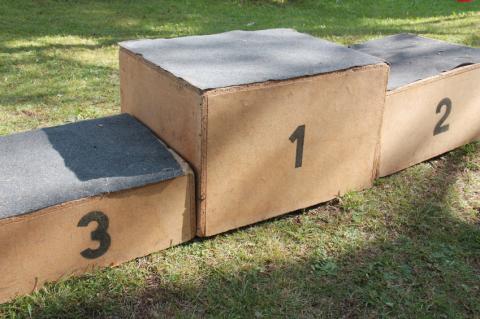What is the TEF?
The teaching excellence framework (TEF) is a system that assesses the quality of teaching in universities in England. It also includes some universities from Scotland and Wales.
The framework was introduced by the government in 2017 to provide a resource for students to judge teaching quality in universities and to increase the importance of teaching excellence (and bring it into line with research excellence) when rating institutions. It is important to note that currently the TEF analyses only undergraduate teaching.
Universities are classified gold, silver or bronze. These ratings are determined by seven core metrics based on teaching, academic support and progression to employment. Universities also submitted a 15-page document to a panel of higher education experts and students, which was used alongside the metrics to determine a rating.
How was the TEF calculated?
Universities opted into the TEF and provided the government with data to generate a classification. In 2017, the first year of the TEF, more than 130 higher education institutions and alternative providers applied and were ranked. In 2018 and 2019, fewer than 30 higher education institutions applied or reapplied.
An independent group of academics, students and employers assessed the universities. This assessment was based across seven core metrics and a submission from each university. Institutions were encouraged to show how they involved students while preparing their submissions. Universities were then given a gold, silver or bronze award. The methodology was tweaked slightly last year, with the weighting on the National Student Survey results being halved and a supplementary metric on graduate earnings introduced.
A rating of gold means that a university has demonstrated the highest-quality teaching standards and is consistently outstanding. The institution provides outstanding outcomes for students from all backgrounds, particularly in terms of retention and progression. The university also offers students outstanding physical and digital resources.
A silver rating means that the university is of high quality and regularly exceeds the baseline quality expected of higher education institutions in the same categories listed above.
A bronze rating means that the provision of the university is of satisfactory quality. Most students will achieve good outcomes, but the provider is performing significantly below the benchmark in one or more areas.
What do the TEF results show?
This year’s results differ little from last year’s results.
A few universities managed to improve their score. University of Roehampton increased its grade from bronze to silver.
Some universities that resubmitted their data this year received the same grade, including University of Salford (bronze).
The majority of universities have retained their ratings from the past two years.
Can students use the TEF?
The TEF is effectively another resource to help students, both domestic and international, decide where to go to university in England.
The main difference is that the TEF is a government-stamped resource and some students may consider that important when choosing a university.
As the universities are classified according to a series of metrics focused on teaching quality, the TEF offers students a resource to see which institutions excel in this area, as well as determine which universities are good for graduate prospects and student satisfaction.
There are many resources that students can use alongside the TEF, such as the Times Higher Education World University Rankings, which rank universities in the UK alongside universities throughout the world.
Below are the 2019, 2018 and 2017 TEF results for universities and alternative providers with university status.
Read more: Explore the UK university rankings here

Comments